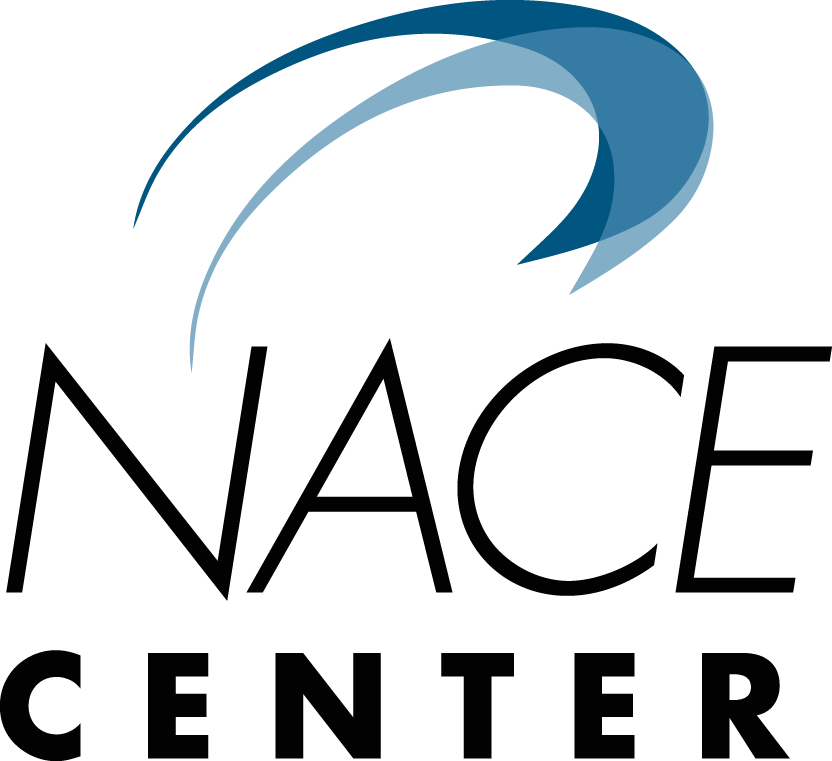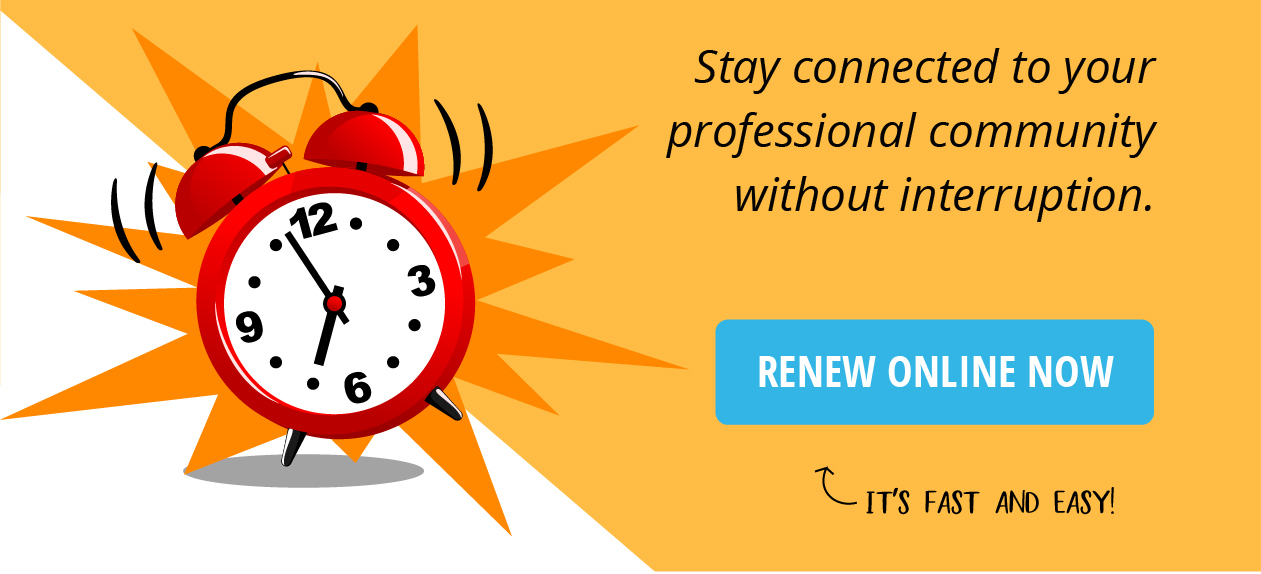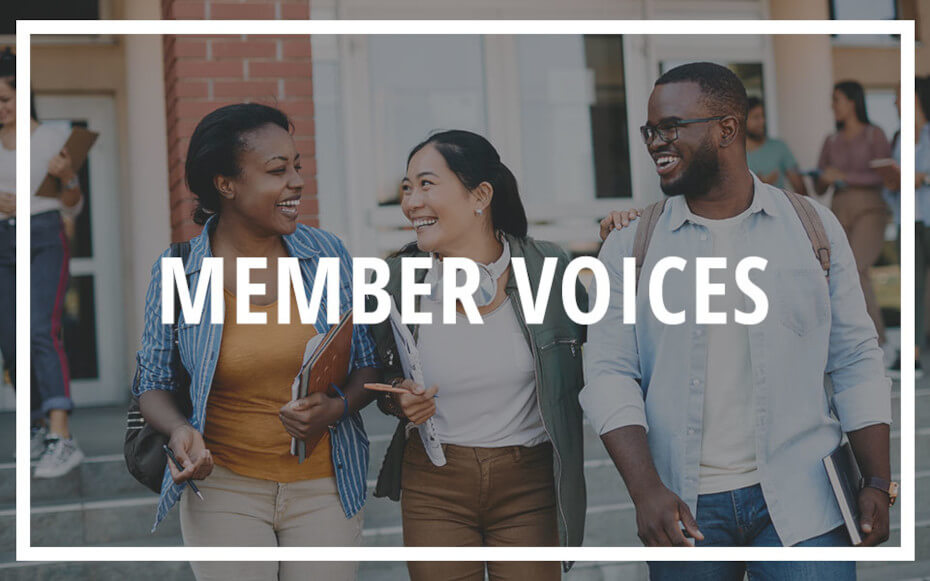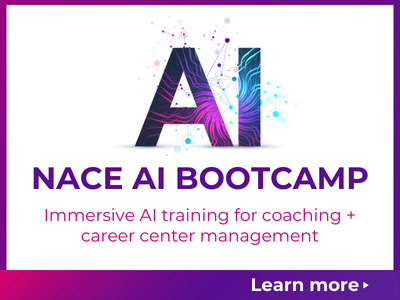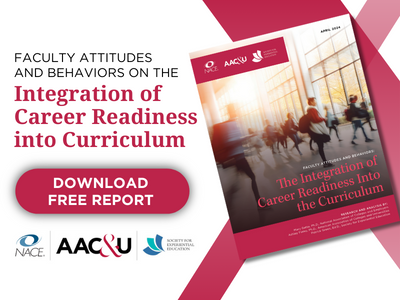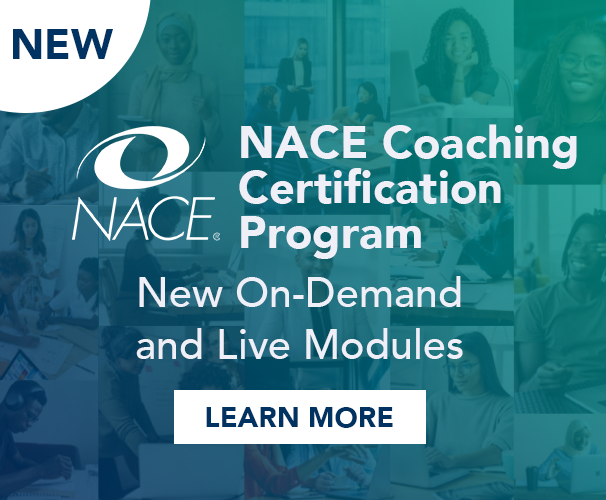As we get prepared for the spring 2022 semester/quarter, please take some time to reflect on whether your department has become just another subsidiary for a company’s campus recruitment division.
The lines can become blurred in times of career center budget cuts, and those fee-generating activities involving employers become even more important to sustaining the department’s resources. In some cases, those fees can even pay part of staff salaries. Additionally, a career center can become increasingly dependent on a few deep-pocketed companies to sustain them, recruit a high percentage of their students, and/or pay above-market salaries to those students. All of this holds true whether you’re at a department-based career center or main campus career center.
These blurred lines can lead to career centers being more driven to do what’s in the best interest of their employer partners instead of what’s in the best interest of their students. Many career centers already have to make some hard choices when managing relationships with powerful and influential companies, so how do you walk the tightrope without feeling pressured to jump every time “top company donor X” or “deep-pockets corporate partner Y” comes a-callin’? And when they come a-callin’, they will ask for you to fill their applicant pool with the best and brightest students your institution has to offer. When that happens regularly and at the expense of the students who don’t fall under the category of “best and brightest,” that’s when it’s time to take a step back and reflect on the mission of your career center and institution. For career centers that may find themselves catering too much to employer requests (and sometimes demands!), this can also unintentionally compromise the mental health of the very students you serve.
Many moons ago, I was a corporate recruiter and my objectives and goals were focused on finding, interviewing, and hiring talent. I wasn’t thinking about the complexities of life for students, and I definitely wasn’t thinking about the stress that students may be feeling. None of my KPIs were related to student health and well-being. Maybe times have changed, and I recognize that recruiters are under extreme pressure to fill open job postings. I truly empathize with recruiters because I know it’s not easy for them.
Over the past 20 years of “boom and bust” economic cycles, it isn’t uncommon for employers and career centers to apply mutual pressure to each other. When it’s a “seller’s market” (employers hold the cards in terms of having few job openings chased by more job applicants) you’ll find career centers applying pressure to their employer partners to hire more of their students. When it’s a “buyer’s market” (students hold the cards in terms of having more job openings chase fewer job applicants) you’ll find employers applying pressure to their career center partners to get more job applications. In this current job market in particular, it is uniquely different from the past economic downturns because of the pandemic. In this current pandemic-plagued economic market, stress and mental health issues are impacting students on college campuses like never before and so the “old tango” between employers and career services doesn’t work as well anymore. It seems as if there are a number of career centers that are afraid to push back on unreasonable employer requests during this time; it seems as if there are career centers afraid to say, “No, that is not in the best interest of our students at this time. Let’s think of an alternative solution or rethink your approach altogether.” It seems as if there are career centers that are afraid to flex a little and trust that they have to do what is in the best interest for the students they serve—which won’t always align with what’s in the best interest for the employers they support. See that distinction? We serve the students, and we support the employers. Big difference. So how do we know what’s in the best interest of the students at our institutions instead of the best interests of our employers?
For starters, we need to realize that there is not a one-size-fits-all “best interest” for students. However, what I can offer is that we need to stop “blaming” students for not attending this career fair or that info session, or not applying for a specific job. Yes, students have a role to play in their career development, but it’s all too easy to lay the blame on students when they don’t participate in employer-involved activities. It's more difficult to blame the powers-that-be at the institution you work for and influence them to make needed structural changes. The curricular design and philosophy of institutions and departments don’t always facilitate and integrate career development and professional services into the fabric of the student experience. And, just requiring an experiential learning credit doesn’t count.
Building off that idea, I want to emphasize that employer engagement and recruitment teams in career centers work hard to provide the best avenues for recruiters to connect with students. The challenges of getting an acceptable number of student participants in employer-involved events and activities is a daunting (and stressful) challenge these days for a lot of career centers. The pandemic really did change the job seeking attitudes and behaviors of students—and professionals. Some employers that used to get 100 applicants per job posting are now shell-shocked with only getting five or 10 (if that!) per posting. The natural inclination for an employer may be to put more pressure on the career center to herd the cats for them, but that is ultimately a lose-lose proposition for all parties because it creates inequities and mental stress for students. Career centers are not staffing agencies! We have been out of the placement business for a long time. However, employers are feeling so much pressure to fill their job openings that they are increasingly viewing campus career centers as just that.
We all must face this new job market reality for however long it lasts. There has never been a time in history when students had this much choice among job opportunities. The pandemic accelerated the rise of virtual and remote jobs, so much so that many college and university career centers will have to reevaluate their purpose in the on-campus recruitment operations and student experience. This shouldn’t scare my career center compatriots. The business roundtable companies had to do the same thing a couple of years ago when they created a new statement on the purpose of a corporation that focused more on their stakeholders than shareholders. Even if career centers wanted to cater to a few large or influential employers, their ability to do so is diminishing day by day. The power now truly rests with the students. Career centers don’t have the power to conjure up enough student job applications to meet the overwhelming “candy crush” load of job postings available on their CSM platforms—and other job posting boards. It’s a new day, and the relationship between employer, career center, and student has evolved and is still evolving. It most certainly isn’t devolving into career centers becoming “placement offices” again. Not on my watch!

